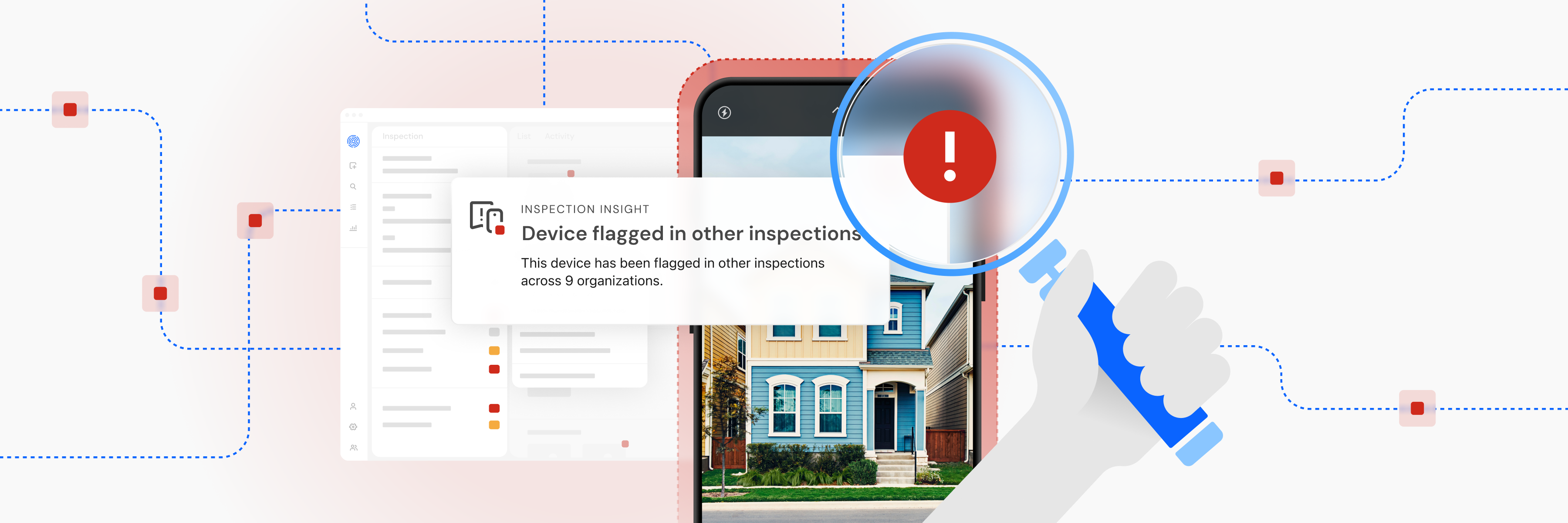TRUEPIC BLOG
How Truepic’s Risk Network could have helped prevent the Baltimore housing scam

Digital transformation is essential for most businesses, as it provides speed, opportunity, and convenience that benefit all parties involved. However, digital transformation also heightens Visual Risk, particularly within the financial services sector. Home lending is especially vulnerable because it relies on speed, competition, asset valuations, and constant financial transfers.
These warnings are not overstated and unfortunately occur daily in cases of fraud, deception, and suspicious activity. Recently, a suspected real estate investment scheme involving millions of dollars and potential fraud hit Baltimore. According to an investigation by The Baltimore Banner, out-of-state buyers secured more than $100 million in loans from at least 24 private lenders to purchase 88 homes at grossly inflated prices. The borrowers leveraged debt service coverage ratio (DSCR) loans, which process faster and have fewer requirements to obtain. Private lenders often offer these higher-risk loans and can attract suspicious borrowers due to the speed and ease of the loan process.
The investigation found that more than half of the homes had gone into foreclosure and the borrowers had defaulted on their loans. The other homes are in questionable status and appear to be significantly less valuable than the loans taken out on them. Lenders seemingly moved quickly to approve DSCR loans without verifying the condition of the homes. They were also unaware that the same borrowers were amassing significant loans against a slew of properties in the same neighborhood.
How image and data authenticity could have helped
In this situation, lenders were doing their best to make quick decisions in a fast-moving market with limited visibility into whether the information in front of them was actually accurate. That’s precisely where verified imagery and authentic data could have made a real difference.
Truepic’s Vision platform is built to ensure authenticity throughout the digital process by proving that photos and data are genuine from the moment they’re captured. Even traditional safeguards, like home appraisals, failed to identify the warning signs. Appraisers relied on incomplete or misleading information, reinforcing the critical importance of verified imagery and data in the lending process. Using secure verification, location data, and verified date/timestamps, Truepic could have empowered the lenders to view the interior of the homes and see if the assessments given were inflated. With that assurance, the lenders could have declined, delayed, or adjusted the loan amount to match the home’s actual value. If tools like these had been in place, lenders could have easily confirmed whether the homes matched the photos provided, noticed repeat borrowing activity across lenders, and caught inflated property values early.
Truepic’s Risk Network, built within the Vision platform, could have detected that the same devices were being used to capture and submit images to multiple lenders within the network. That insight alone could have raised an immediate red flag and exposed the broader scheme involving more than two dozen lenders operating in the same area. By connecting the dots early, Truepic’s technology could have stopped the fraud before it spiraled into a $100 million problem.
Learn more about Truepic’s Risk Network here.
Subscribe to Truepic updates
Stay up to date with our latest resources and articles.

